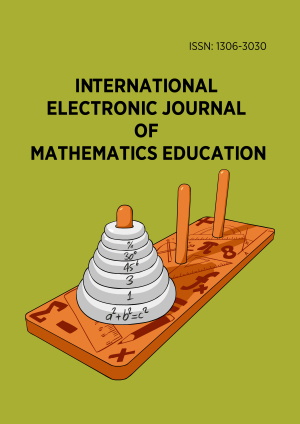Abstract
Achievement gaps between students with low and high language proficiency appear for word problems, but is this due to their text format or their conceptual challenges? A test with percent problems of different types and in pure, text and visual format was conducted with N=308 seventh graders. Students’ scores were analyzed statistically by a cognitive diagnosis model. Unlike expected, the probability for students with low language proficiency to solve items in text format is not lower than in pure format. These results are interpreted as indication that conceptual challenges might impact stronger than reading challenges.
License
This is an open access article distributed under the Creative Commons Attribution License which permits unrestricted use, distribution, and reproduction in any medium, provided the original work is properly cited.
Article Type: Research Article
INT ELECT J MATH ED, Volume 12, Issue 3, October 2017, 667-687
https://doi.org/10.29333/iejme/641
Publication date: 31 Oct 2017
Article Views: 6415
Article Downloads: 4293
Open Access References How to cite this article
 Full Text (PDF)
Full Text (PDF)